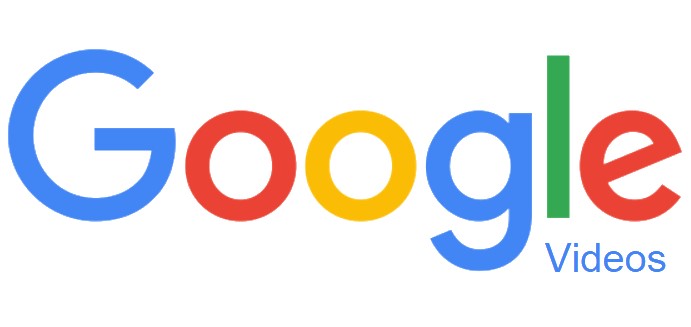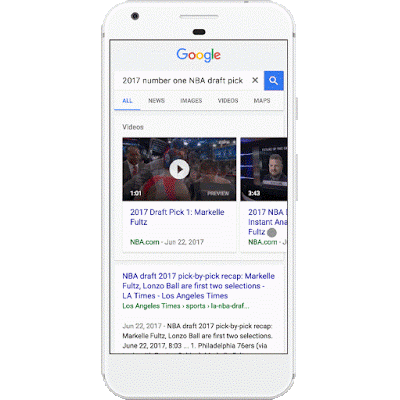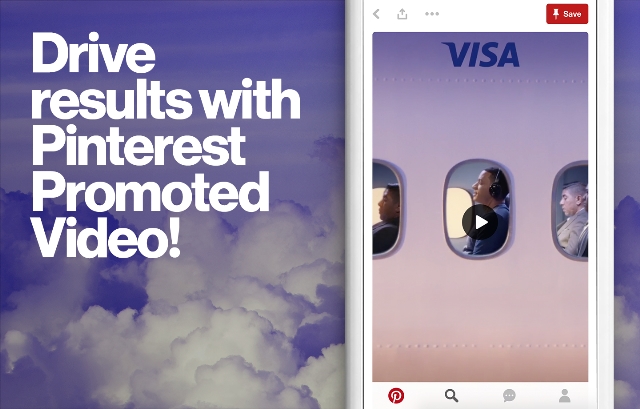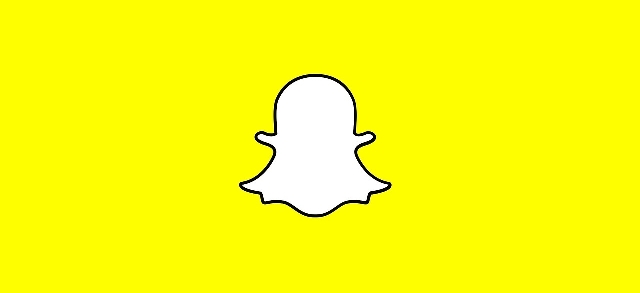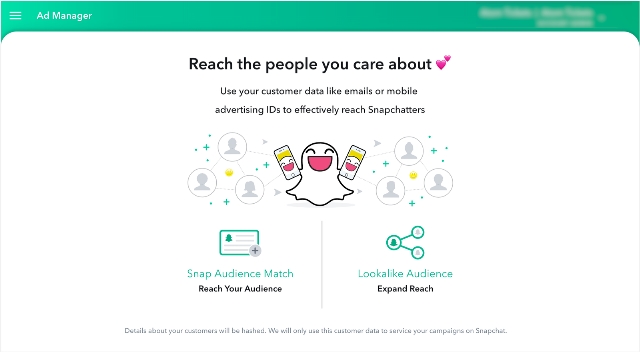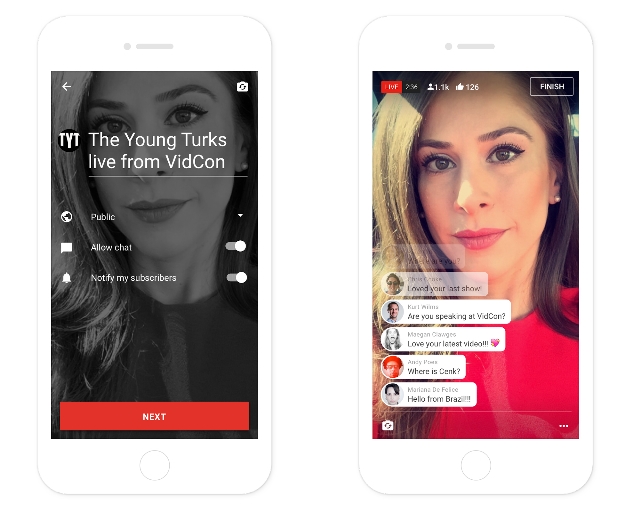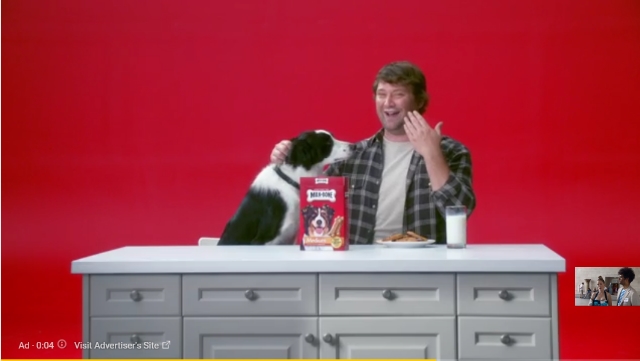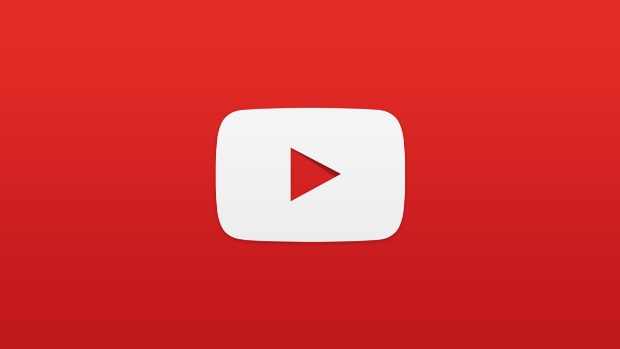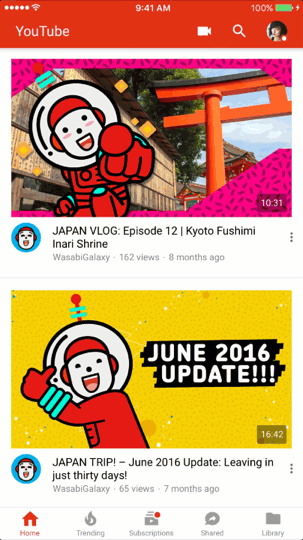
It may not come as a surprise that Facebook favors native videos, but a new report shows just how much of a boost videos can get by being uploaded straight to the social media platform.
According to Quintly, native videos on Facebook get up to 530% more comments than videos shared from other sources like YouTube.
The report comes from a study originally published back in March, but which has been recently updated with data collected between January and July of this year.
Including the new data, the study analyzed 187,000 Facebook pages and 7.5 million posts. From all this data, Quintly says it deduced that approximately 92% of all videos on Facebook are uploaded natively.
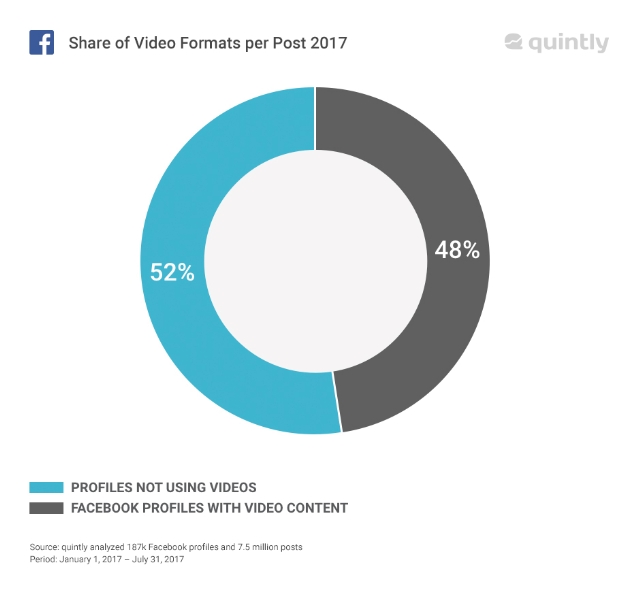
The study also shows how video has grown on Facebook recently. From January to July, almost half (48%) of all pages analyzed uploaded a video to their timeline. Of those, 92% posted at least one Facebook native video or Facebook Live video.
In comparison, only 26% of pages analyzed posted YouTube videos and 7% shared videos from Vimeo or other sources.
Facebook video’s biggest competition still comes from YouTube, but Facebook’s own clips still trounce all others in every metric.
Native Facebook videos received 168% more interactions – reactions, comments, or shares – compared to YouTube videos. They also received eight times more comments and 477% more shares.
It is highly likely that part of Facebook’s domination here is that it owns the platform, and thus, makes the rules. Facebook is almost certainly showing their own videos more prominently, which would lead to more engagement.
However, that is not the whole explanation. Native videos on Facebook’s platform also enjoy several arguably natural benefits that make them more likely to be viewed and engaged with. They can be played seamlessly from your timeline and users can react or comment as they’re watching.
In comparison, videos from other platforms have to be viewed off-site or in a separate pop-up player, and then navigate back to their timeline to like, share, or comment. At that point, they might decide to move on and keep scrolling through their feed.
Whatever the reason for native video’s domination on Facebook may be, it is clear that posting your clips directly to Facebook is the most effective way to get seen and build your brand on social media.

